
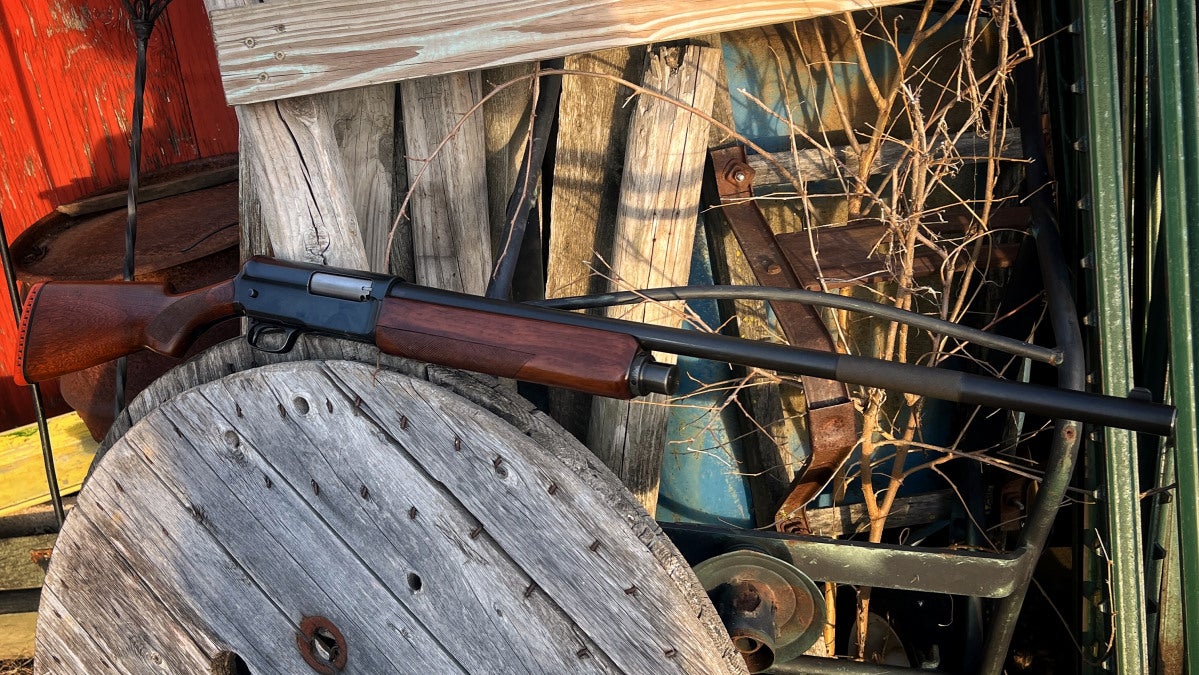
Welcome, if you are a newcomer to this fun bi-weekly segment of AllOutdoor.com! This is the final installment of our deep dive into the Winchester Widowmaker! Over the past few weeks, we’ve explored the fascinating history behind this unique shotgun, examined its various grades and production variations, and navigated the murky waters of trying to accurately date these century-old firearms. Today, we’re wrapping things up with a look at the technical specifications, available parts and accessories, and most importantly, what it’s actually like to take this supposed “Widowmaker” to the range.
Curious Relics Coverage on AllOutdoor:
Welcome to our recurring series of “Curious Relics.” Here, we want to share all of our experiences, knowledge, misadventures, and passion for older firearms that one might categorize as a Curio & Relic – any firearm that is at least 50 years old according to the ATF. Hopefully along the way you can garner a greater appreciation for older firearms like we do, and simultaneously you can teach us things as well through sharing your own expertise and thoughts in the Comments. Understanding the firearms of old, their importance, and their development which lead to many of the arms we now cherish today is incredibly fascinating and we hope you enjoy what we have to share, too!
Specifications: Winchester Widowmaker 1911 SL
Let’s get into the nuts and bolts of what makes a Model 1911 SL what it is. These specifications apply to all variants unless otherwise noted.
- Years Produced: 1911-1925 (some sources claim limited assembly continued into 1926-1928 using remaining parts)
- MSRP In 1911: $38 for Plain Finished, $56 for Fancy Finished, $70 for Trap Grade, $150 for Pigeon Grade
- Modern Equivalent (2025): Approximately $1,100 for Plain Finished, $1,600 for Fancy Finished, $2,000 for Trap Grade, $4,300 for Pigeon Grade
- Chambering: 12 Gauge 2 ¾”
- Choke: Fixed Full, Modified, or Cylinder (most commonly Full)
- Barrel Length: 26″ or 28″
- Overall Length: Approximately 48″ with 28″ barrel
- Weight: Approximately 8 pounds
- Length of Pull: Approximately 14″
- Operating System: Long Recoil
- Safety: Manual Push Button Selector (behind trigger)
- Front Sight: Beaded Blade
- Magazine: 5 Round – Tubular
- Stock: Laminated Birch (to withstand recoil)
Variations Recap
As we covered in Part 2, the Model 1911 SL came in four different grades, each with its own distinct features:
- Plain Finished: The base model with no checkering and a semi-pistol grip stock. Simple, durable, and the most common variant.
- Fancy Finished: This is the version I own, featuring better wood and checkering on both the forend and semi-pistol grip areas. These were produced from 1911 to 1918.
- Trap Grade: Featured an English-style straight stock (instead of semi-pistol grip) with checkering at the wrist that included a distinctive diamond accent pattern. Also had a matted barrel to reduce glare during competition. Produced from 1913 to 1926.
- Pigeon Grade: The premium version with engraving on the receiver. Similar to the Trap Grade but with more ornamentation. Produced from 1912 to 1926 and extremely rare today.
My Fancy Finished Model 1911 SL represents a nice middle ground in the lineup – not as plain as the standard model, but not as ostentatious (or expensive) as the Trap or Pigeon grades. The checkering gives it a more refined look and provides a more positive grip when handling.
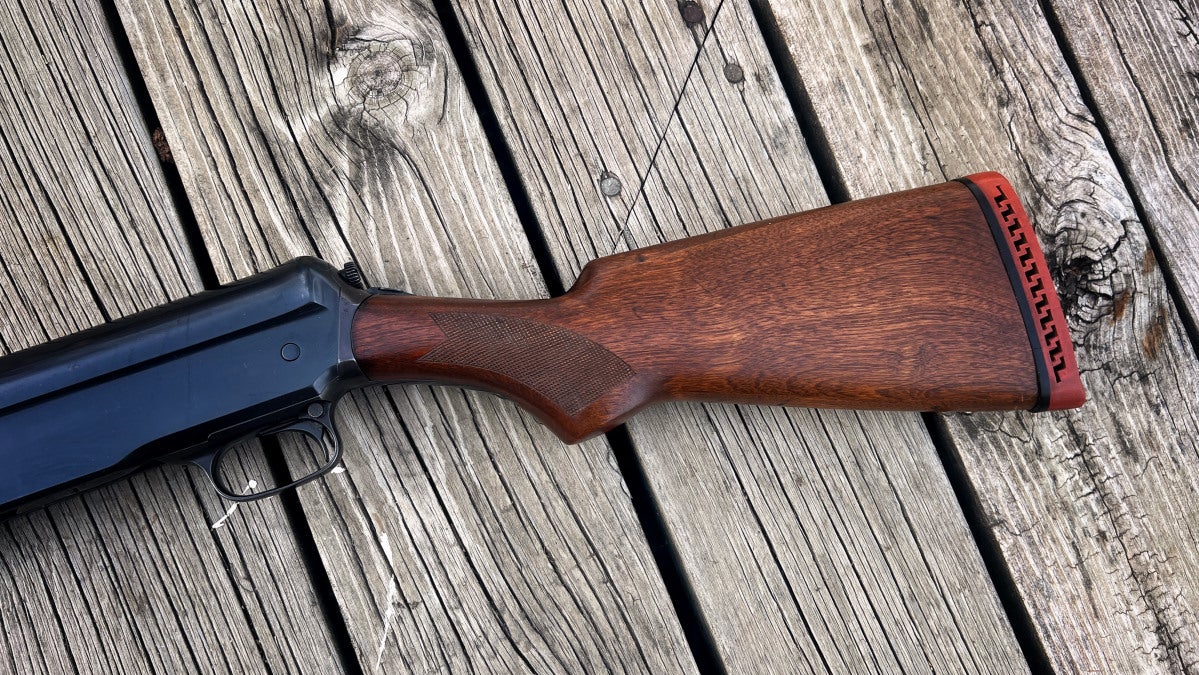
One unique feature of my specific gun is that somewhere along its 100+ year journey, a previous owner modified the stock by shortening it and adding a thick rubber buttpad. This isn’t uncommon with these old shotguns, as standard length of pull back then tended to be longer than what many modern shooters prefer. The rubber pad also helps tame the recoil a bit, which we’ll get to shortly.
Aftermarket Parts and Accessories: Winchester Widowmaker 1911 SL
Let’s face it – these guns are over a century old now, and parts wear out or break. If you’re looking to restore, repair, or maintain a Winchester Model 1911 SL, you do have some options.
Parts Sources
- Numrich Gun Parts (www.gunpartscorp.com) has a decent supply of Model 1911 SL parts. They’re one of the most reliable sources for obsolete firearm parts and often have things nobody else does.
- CFNP (www.cfnparts.com) offers reproduction buffer rings – those critical pieces that so often deteriorate in these shotguns. If your Model 1911 SL is kicking like a mule, replacing these rings can make a world of difference.
- Jack First Inc. (www.jackfirstgun.com) carries many of the small parts you might need – springs, pins, and other components that are easy to lose during disassembly.
- Homestead Parts appears to have a similar supply as CFNP, though I personally haven’t ordered from them.
- eBay is always worth keeping an eye on for more substantial parts like stocks, forends, or even barrels. Just be prepared to wait a while for the specific part you need to show up.
I personally haven’t needed to replace any parts on my Model 1911 SL yet, but I’ve considered picking up some buffer system parts as a precaution. Those fibrous buffer rings are known to deteriorate over time, and having spares on hand before you need them is never a bad idea.
When it comes to accessories, there’s not much specifically made for the Model 1911 SL. Unlike many modern sporting shotguns that have a whole ecosystem of add-ons, the Model 1911 SL was primarily a hunting gun designed to be used as-is. The most common “accessory” you might need would be those reproduction buffer rings to tame the recoil, or perhaps a good recoil pad if you plan to shoot yours regularly.
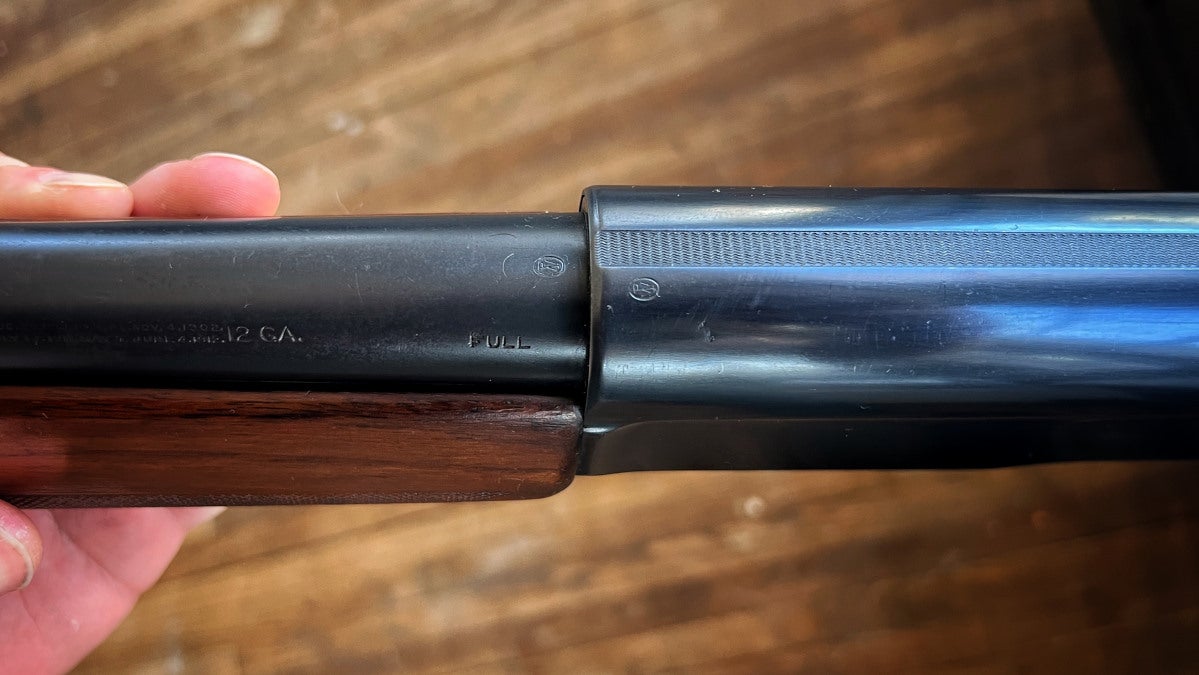
One interesting note: because these guns were sometimes used for competition (especially the Trap and Pigeon grades), you occasionally see period aftermarket sights that were added by competitive shooters. These aren’t common, but they’re a neat period modification when you find them.
Range Day with the “Widowmaker”
Now for the part I know many of you have been waiting for – what’s it actually like to shoot this infamous shotgun? Does it live up to its “Widowmaker” nickname, or is it just another example of gun lore gone wild?
While I haven’t specifically taken my Model 1911 SL to the range for this article series, I have shot it in the past using primarily trap loads. When others at the range notice this unusual shotgun, the “Widowmaker” reputation definitely draws interest – the lore surrounding this gun is pretty appealing to passersby. The nice thing about these shotgun Curious Relics articles is I don’t need to sprint to go shoot something and get a picture of some holes in paper.
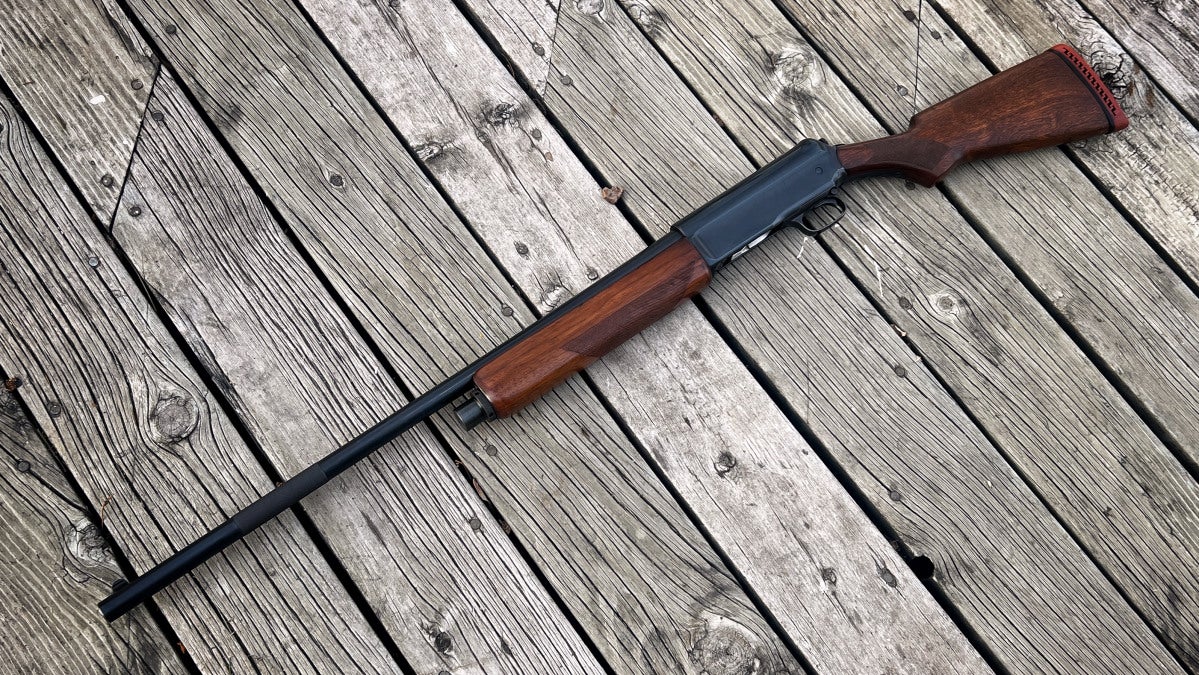
Loading the Model 1911 SL requires first pressing the bolt hold open button, then grasping the knurled section of the barrel and pulling it straight back. You can’t just pull the barrel back like you would with a charging handle – the button must be engaged first to allow the action to open. It takes a bit of effort, and you certainly want to make sure the gun is pointed in a safe direction. With the action open, you can load a shell directly into the chamber, then load the magazine tube. Once loaded, you disengage the safety (located behind the trigger), and you’re good to go.
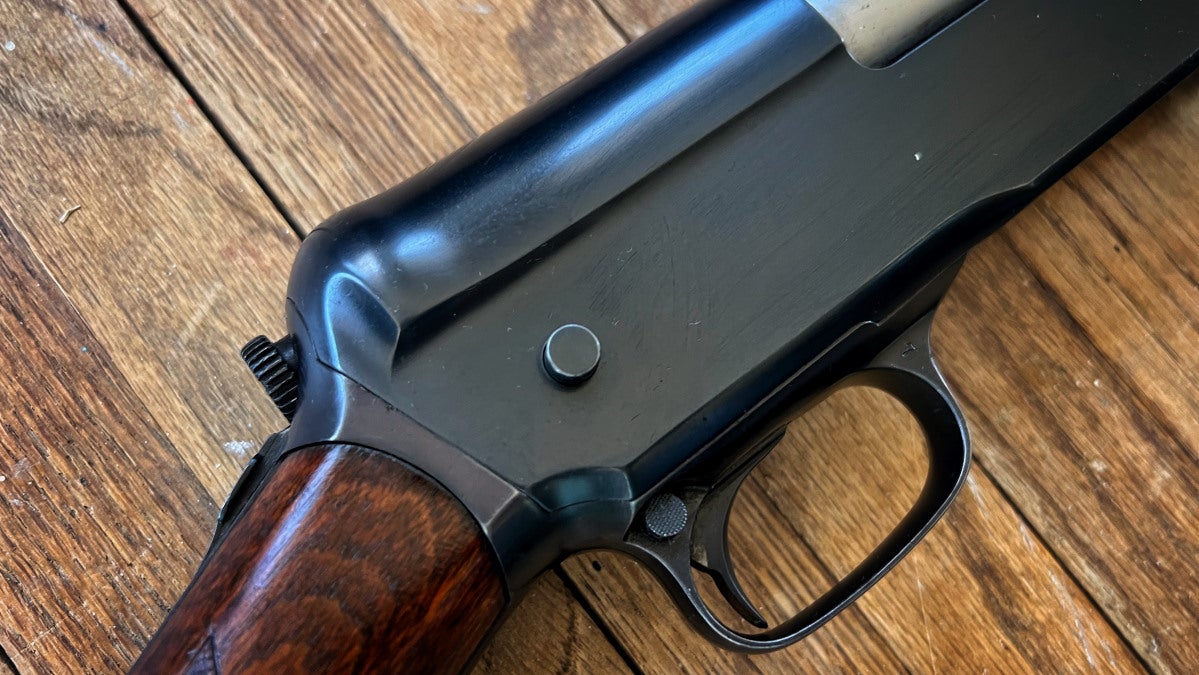
Despite its fearsome reputation, the recoil is surprisingly manageable. It’s comparable to a Browning Auto-5, giving you that distinctive long recoil “push-pull” or chugging feeling as the barrel and bolt move together and then separate. It’s different from the straight-back recoil of a modern gas gun, but not unpleasant at all. The sight picture with the beaded blade front sight is unique but effective for clay target shooting. I’ve had no issues breaking clays with this old timer.
Malfunctions and Concerns
Here’s where things get interesting. I’ve encountered some cycling issues with modern ammunition, and the reason requires some explanation. These guns were designed for paper shotshells that had a paper outer layer with a shot card at the end holding the shot in place. When fired, these shells maintained their original dimensions.
Modern plastic shotshells, however, are designed differently. They’re typically crimped inward at the end and actually expand to their full length when fired. This expansion of the fired shell is something the Model 1911 SL wasn’t designed to handle, as modern ammunition simply didn’t exist when these guns were made.
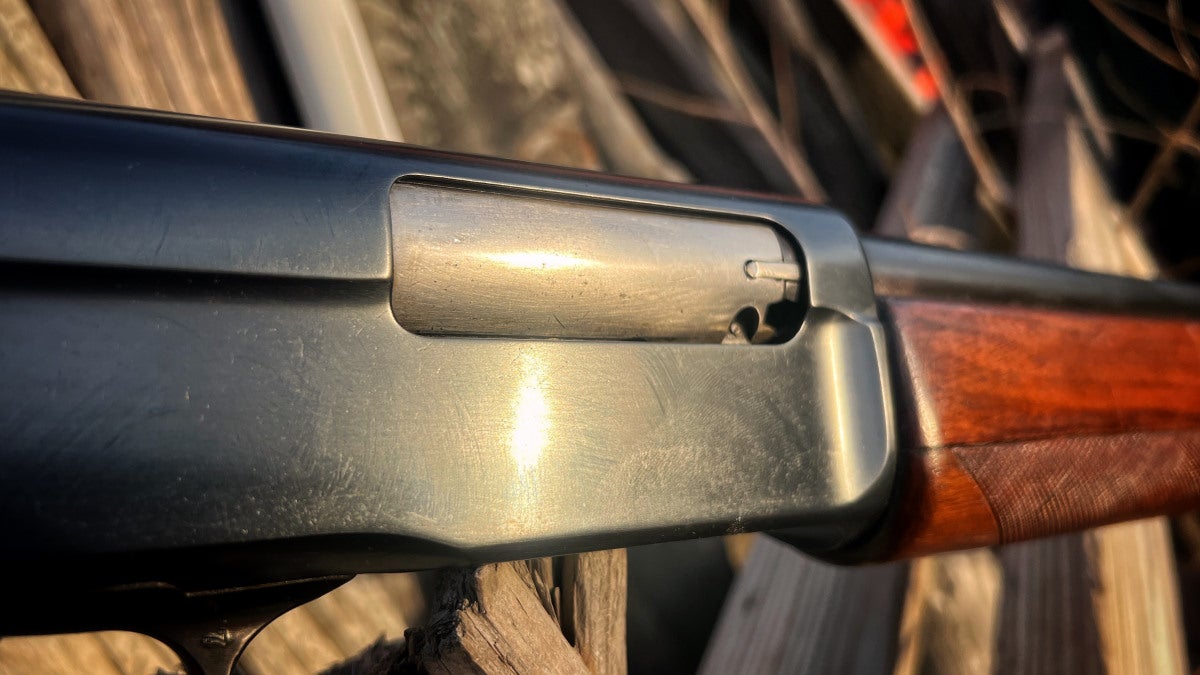
This shell expansion can cause failures to eject, which is where clearing malfunctions becomes tricky. Unlike modern shotguns with a separate charging handle, the Model 1911 SL’s bolt and barrel are locked together during operation. When a shell is stuck and clamped by the bolt against the barrel, you can’t just manipulate the barrel independently to clear it – pulling back on the barrel doesn’t move anything like a charging handle would.
In one instance, I had a failure to eject, and while trying to clear it, the bolt nearly grazed my fingernail as I was removing the stuck shell. Had I been a fraction of a second slower, it could have done some damage. This experience made me understand why some owners might want to keep a sacrificial nylon rod or similar tool handy for clearing jams without risking their digits.
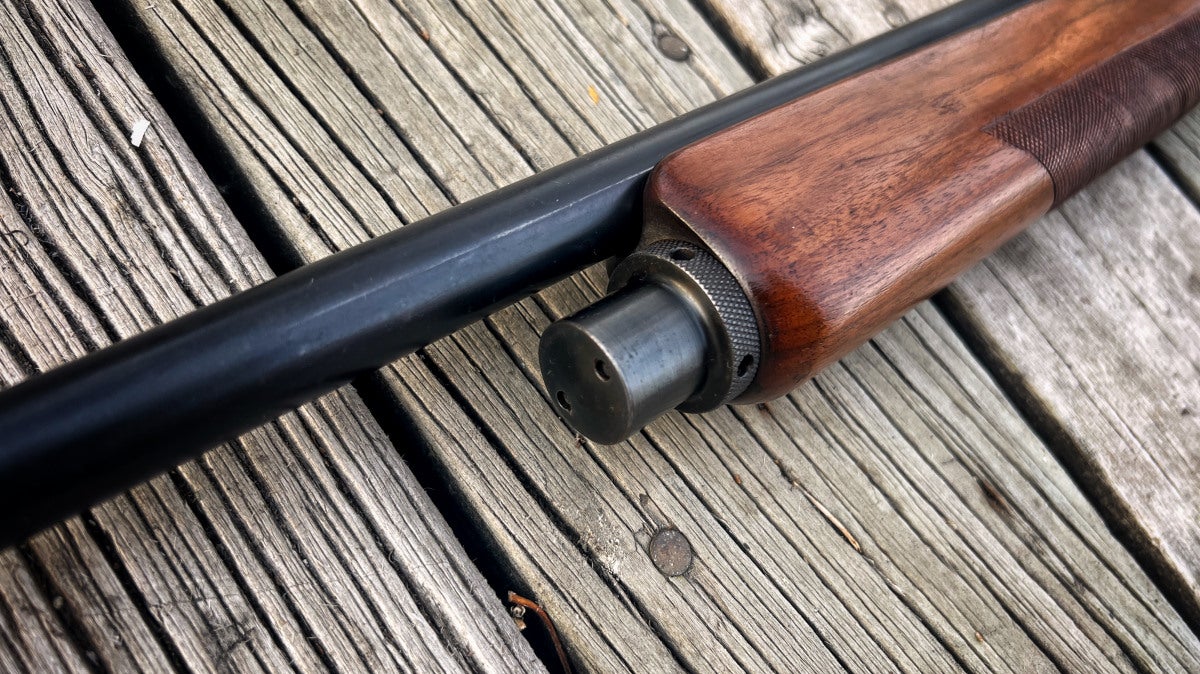
Does this make it a “Widowmaker”? Hardly. It just means you need to be mindful of how you handle the gun, particularly when clearing malfunctions – which is true of any firearm, especially those with unconventional designs.
Final Thoughts on the Winchester Model 1911 SL
After four installments exploring this curious relic, what’s the takeaway? For me, the Model 1911 SL represents a fascinating chapter in firearms development – a testament to both the ingenuity and the stubbornness of Winchester in the face of losing access to Browning’s designs.
It’s also a reminder that gun lore, like fish stories, tends to grow with each retelling. Even back in the 1910s, people were playing telephone and blowing things out of proportion. Yes, this gun is inferior to the Auto-5 for a number of reasons, but was it truly a “Widowmaker”? My research and personal experience suggest otherwise. What we’re left with today is a beautiful, interesting, and unique shotgun that offers a tangible connection to a pivotal moment in firearms history. It may not have been Winchester’s greatest success, but it’s certainly one of their most interesting failures – and that, to a collector, makes it all the more appealing.
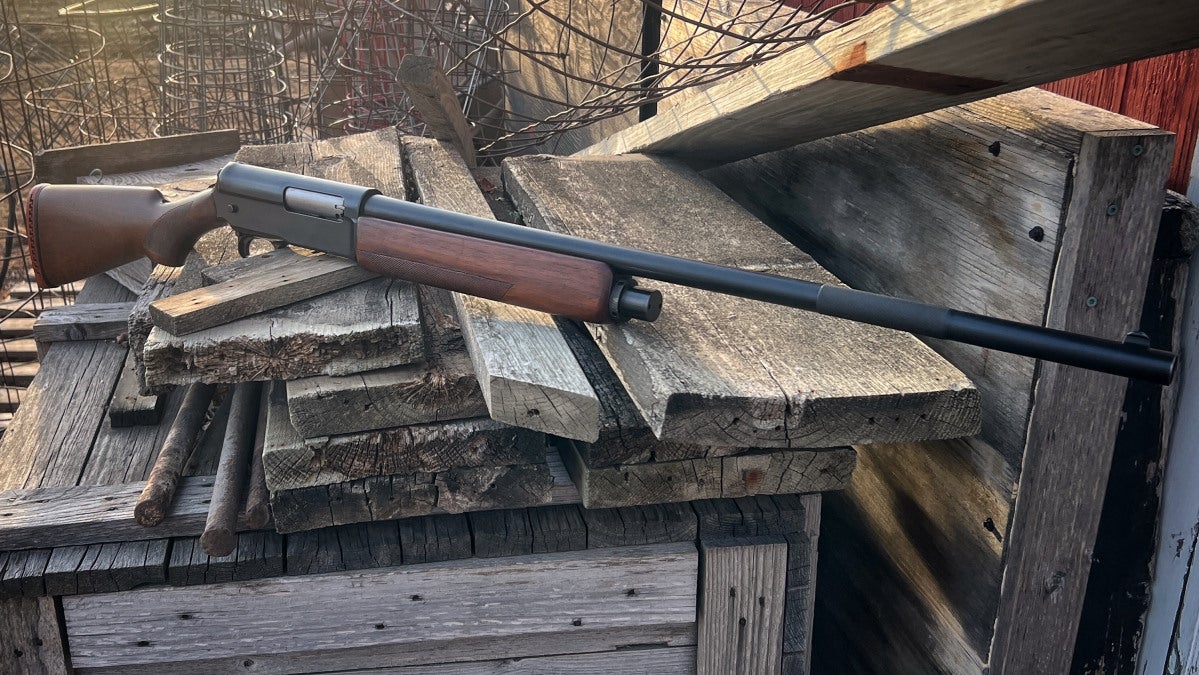
I hope you’ve enjoyed this series on the Winchester Model 1911 SL. Next time around, we’ll be giving my grandfather’s Remington 550-1 .22 rifle some well-deserved screen time. Until then, keep those old guns shooting and that history alive!
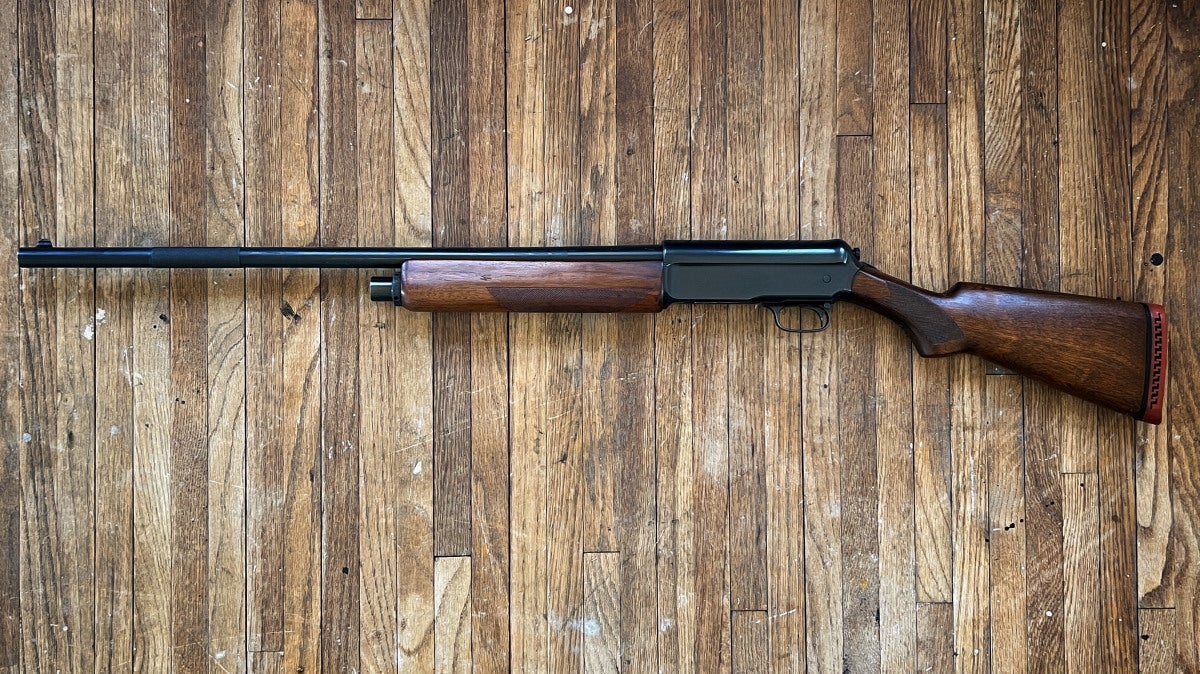
In closing, I hope our Curious Relics segment informed as well as entertained. This all was written in hopes of continued firearm appreciation and preservation. We did not just realize how guns were supposed to look and function. It was a long and tedious process that has shaped the world we live in. So, I put it to you! Is there a firearm out there that you feel does not get much notoriety? What should our next Curious Relics topic cover? As always, let us know all of your thoughts in the Comments below! We always appreciate your feedback.
Trending Products











